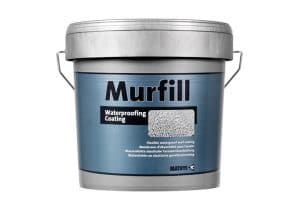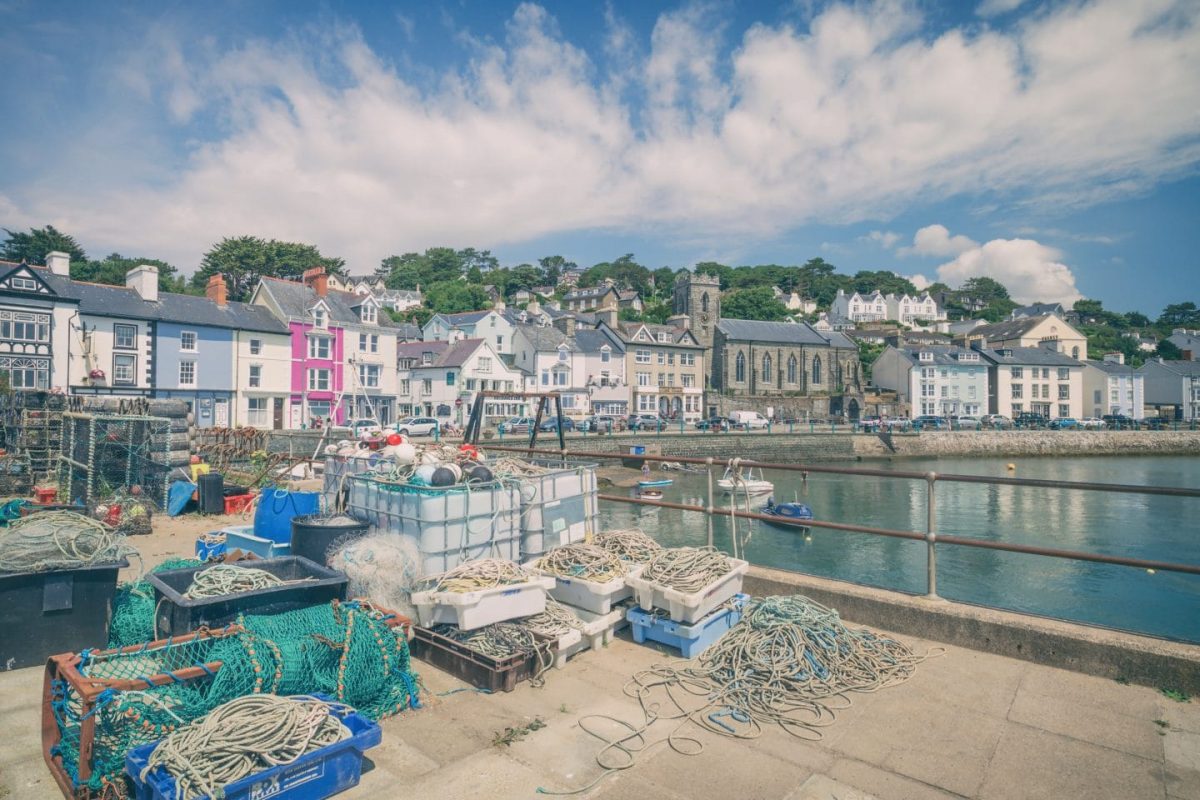Promain was recently asked to speak to a customer who was looking for a suitable Sika primer and masonry paint to use under black bitumen and was not sure if Sika Bonding Primer was the correct product.
We discussed with the contractor his requirements. The problem his client, a large housing group in the south of England, was experiencing was they were suffering from water ingress to the side wall of an Edwardian building, one of many they owned.
Masonry Paint Specification
As the building was situated on the coast where the south westerly driving wind and rain was constantly attacking the wall during the winter. Water was being forced through the rather poor masonry paint that had been recently applied. It then was migrating into the building causing damp and mould to the rooms.
Promain asked the contractor to carry out a moisture reading on the wall. Unfortunately, he did not have a suitable device. As one of the Promain team was in the area the next day by chance, they carried out a quick survey of the area. We believe that the exterior walls are wet. After going back to the contractors client, the building manager for the housing trust aired Promain’s concerns about the the use of bitumen to waterproof the side wall.
Although bitumen is an excellent product, in this situation it was was not really suitable for a number of reasons:
- Location: Promain require to specify coatings three floors up
- Weather: The area was subject to intense wind and rain
- Age: The building was quite old and was prone to a little movement
- Sunlight: As the area is exterior bitumen breaks down under Ultra Violet (UV) light
- Lifespan: The product requires to last. It becomes brittle with age.
Bitumen
Bitumen is an ideal product for creating a waterproof barrier to foundations. It is ideal on areas such as cast concrete that will have soil backfilling. However they should be stable and unlikely to move or crack, are as not being subject to ultra violet (UV). Otherwise they will soon break down the bitumen. Also bitumen becomes brittle with age.
The building construction is a soft brick. The brick is similar to old London stocks with a lime mortar and the render. The coating was originally a lime based render with horse hair added to help strengthen it. Horse hair as well as reduce the likely hood of cracking. It appears some ad hoc repairs had been unprofessionally done using a sand and cement mix.
Promain’s Proposal
Promain’s proposal is that the wall needs a thorough clean. This would be via a water jet to remove any dirt and salt laitance that may be on it. Thorough cleaning is important for this job as the building is on the promenade road where there will be airborne pollution from cars and lorries, but also from salt in the form of sea spray. Salt in sea spray is extremely corrosive and will attack any applied paint coating.
Secondly, the wall requires a clean with Centrecoat GS36 Fungicidal Wash to kill any moss or other organic growth, which is simply diluted with water then applied by a backpack sprayer. Once the wall is dry and free of contamination, ideally left over night, a coat of Rust-Oleum Pegafix Universal Primer could be applied by brush or roller to provide outstanding adhesion for the waterproofing paint to the substrate. This should be followed by 2 coats of Rust-Oleum Murfill Waterproofing, an exceptionally outstanding coating formulated to offer many years of protection against some of the harshest weather thrown at it. Murfill Waterproofing is in fact specified by Trinity House. Trinity House are the body who maintain Lighthouses around the coats of Britain. This proves that this masonry paint really will keep the water out!
Murfill Waterproofing

This paint is not only a wonderfully easy to apply water based masonry paint for waterproofing masonry, but it is also extremely flexible making it ideal for buildings that suffer from movement. Murfill is not suitable for all buildings as many older buildings “need to breathe”.
Traditional materials such as timber and or lath and plaster without cavity walls require to breathe. These buildings rely on the air pressure in the building being fractionally greater than the exterior air pressure. This pressure forces any moisture out of the walls keeping them dry. If you apply a non-permeable coating to the exterior of the wall it will act like a polythene sheet keeping the moisture in.
Our technical team regularly see older buildings with coats of either with a waterproof render or a non-permeable paint by builders and decorators thinking they are protecting the building from saturation. This can cause the oak sole plates to crumble and walls start to collapse. This causes the walls to become dangerous under the weight of the upper levels and roof.
Murfill Waterproofing also benefits from being vapour permeable. It will not stop the passage of water, letting the building breathe and dry out during dry weather.
Are thinking of coating any facebricks with any paint, sealers or protectors? We recommend contacting our technical team prior to application. Without the correct advice you could possibly make a potentially dangerous, expensive mistake!




